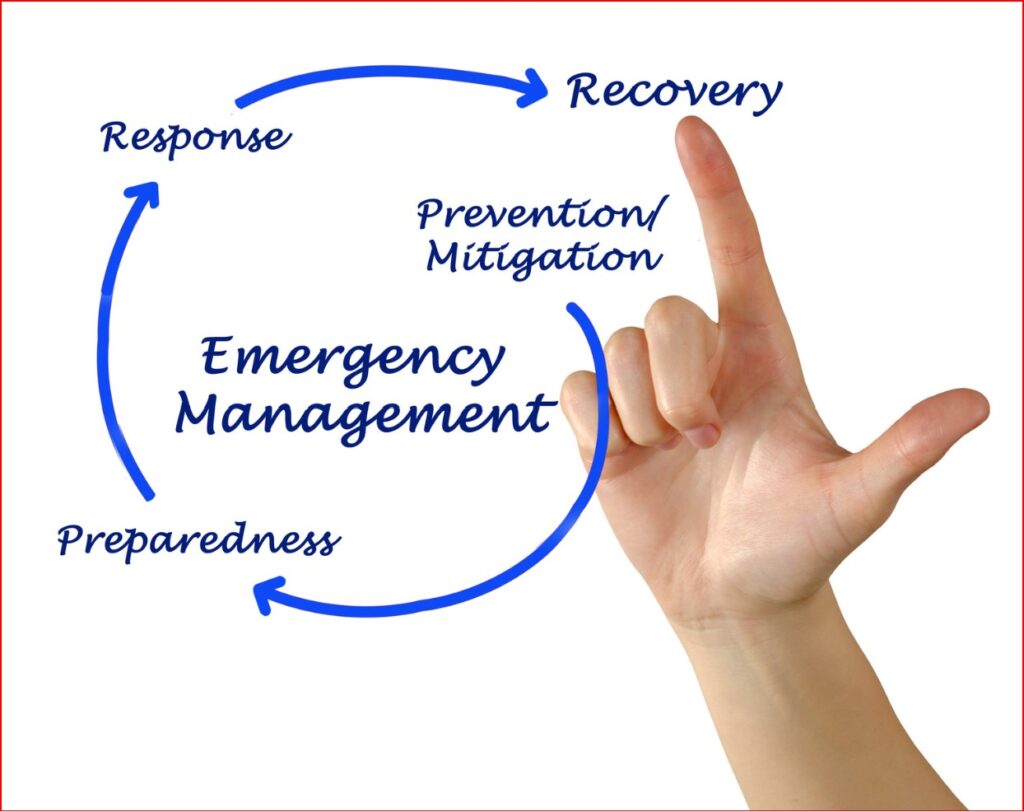Specific courses will include an intensive two-week on-site training module involving hands-on training in high-risk activities such as HUET/ underwater rescue, helicopter winching crew coordination, and operating around hazardous chemicals. Training will include rescue in various challenging built and natural environments, such as cliffs, embankments, and structures, during day and night operations.
RHT- Rescue Helicopter Training
Rescue helicopter training is a specialised training program designed to prepare helicopter pilots and rescue personnel for the challenging task of conducting search and rescue (SAR) operations, medical evacuations (medevac), and other critical missions in emergency situations. This type of training is essential for ensuring the safety and effectiveness of rescue missions, as they often involve complex maneuvers, high-stress environments, and the need for quick decision-making.
Specialised Training Program: Rescue helicopter training is not a generic aviation training; it’s highly specialised. It focuses on the unique skills and knowledge required for conducting rescue operations from helicopters. These operations involve scenarios where lives are at risk, making specialized training crucial.
Preparation of Helicopter Pilots and Rescue Personnel: This training is not just for pilots but also for the entire rescue team. It involves both flight crew and rescue specialists who may need to perform tasks such as hoisting, Paitent care and recovery.


HUET- Helicopter Underwater Escape Training
Helicopter Underwater Escape Training (HUET) is a specialised and critical training program designed to prepare individuals, especially those who work in offshore industries like oil and gas, military personnel, and other professionals who may find themselves in helicopter transportation, for emergency scenarios where a helicopter may crash or ditch into water. HUET equips participants with the necessary skills and knowledge to safely evacuate from a submerged or partially submerged helicopter.
Crew Member
A crew member in a helicopter rescue operation plays a pivotal role in ensuring the success and safety of the mission. The specific responsibilities of a crew operations may vary depending on the type of rescue operation and the organisation involved, but their primary focus is to assist in locating, rescuing, and providing care to individuals in distress. Here are the key roles and responsibilities of a crew member in a helicopter rescue:
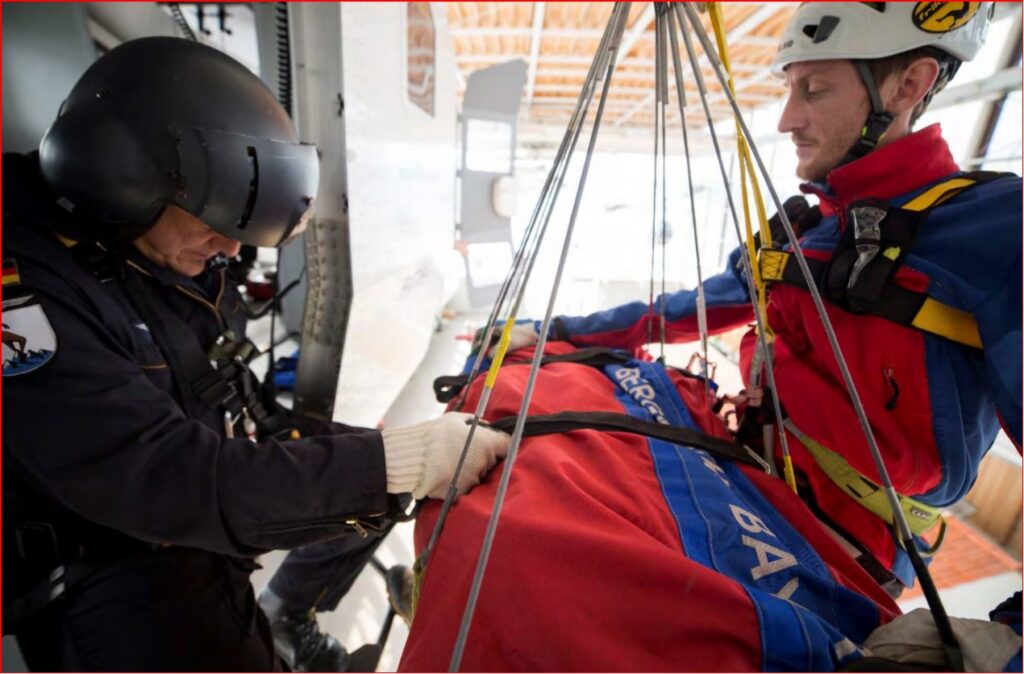
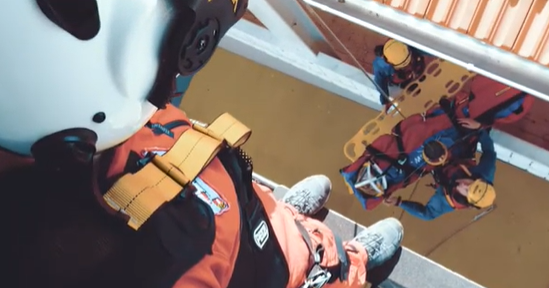
Structure Rescue
A “Structure Vertical Rescue Process” typically refers to a the techniques used to safely and effectively rescue individuals from a vertical structure, such as a tall building, tower, or cliff. This type of rescue is often necessary in situations where people are stranded, injured, or in danger of falling from a significant height. The process is particularly important for emergency responders, such as firefighters, search and rescue teams, and industrial workers who may encounter vertical structures in their line of work. Here are the key components of a Structure Vertical Rescue Process:
Assessment Safety Precautions
Communication Rigging and Anchoring
Descent and Ascent Medical Care
Evacuation Continuous Assessment
Debriefing Documentation
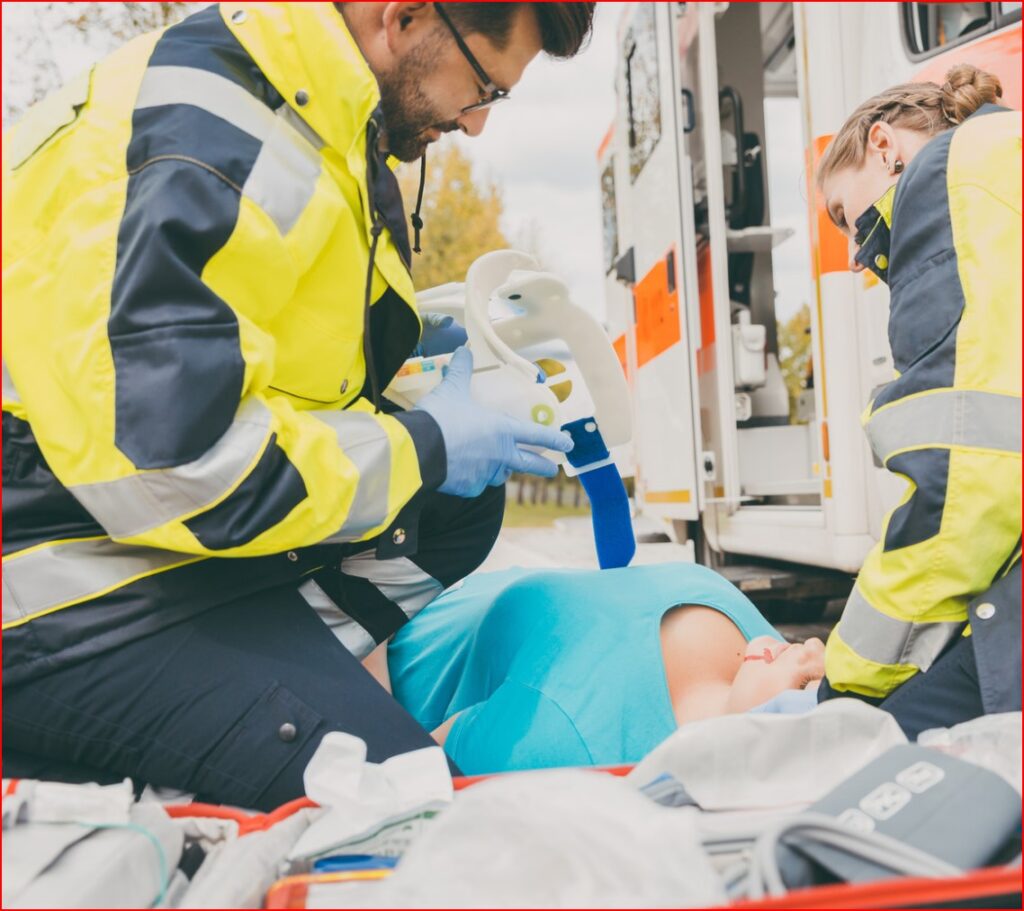
Certificate IV in Health Care
The Cert IV in Healthcare is often considered an entry-level qualification for individuals seeking employment in healthcare support roles, such as medical Emergency Services Officers (MESO), nursing assistants, patient care assistants, or aged care workers. Graduates with this certification can work in various healthcare settings, including hospitals, clinics, aged care facilities, community health organisations, and home care services. In some regions, further education and training may be required for more advanced roles in the healthcare sector. The specific requirements and outcomes of the Certificate IV in Healthcare can vary by country and region. Students will learn:
Patient Care Skills Infection Control
Health and Safety Communication skills
Medical Terminology First Aid: Training in first aid and CPR
Medication Administration (Limited) Legal and Ethical Considerations
Patient Records and Documentation Working in a Team
Other Specialized Modules specific areas of healthcare, such as aged care, disability support, or community health and MESO.
Patient Care
Patient care training refers to the educational programs and processes designed to prepare first responders, healthcare professionals and caregivers to provide effective, safe, and compassionate care to patients. It encompasses a wide range of skills, knowledge, and competencies necessary for delivering high-quality healthcare and ensuring the well-being of patients. Patient care training can be formal education, hands-on clinical training, or ongoing professional development, and it typically includes the following components:
First Aid/Medical Knowledge Clinical Skills
Communication Skills Patient Safety
Empathy and Compassion Skills Cultural Competence
Ethical and Legal Aspects Teamwork and Collaboration
Patient Assessment Documentation
Mental Health and Behavioural Health CERT IV in Healthcare

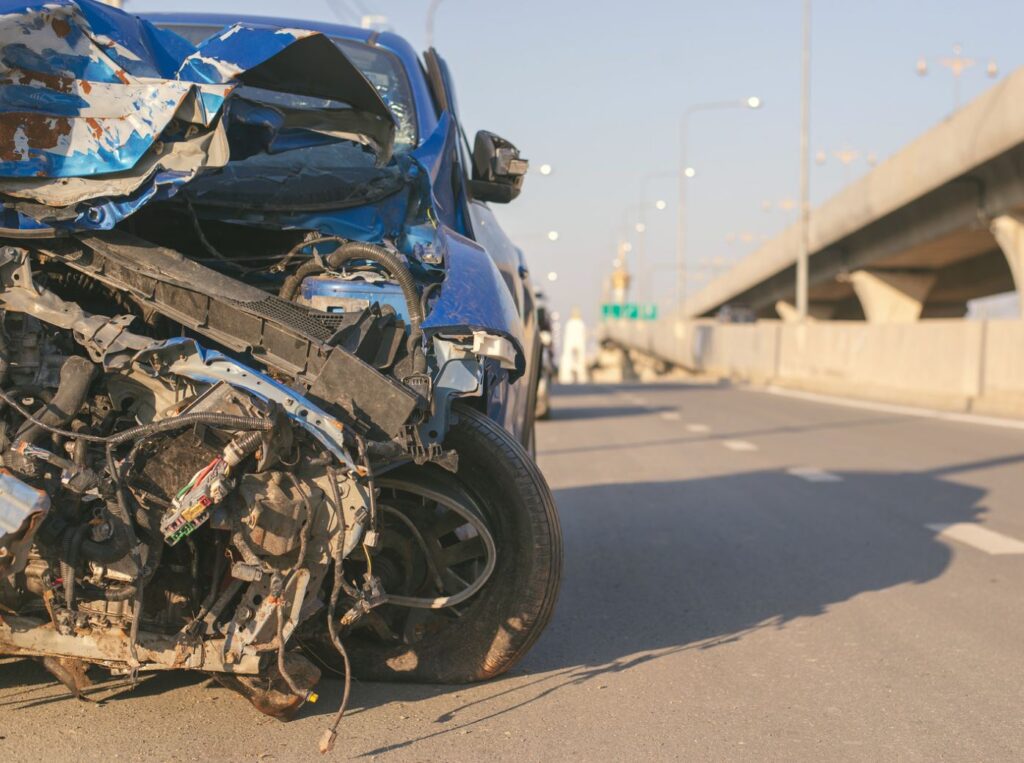
Road Crash Rescue
Road Crash Rescue training, also known as Vehicle Extrication training, is a specialised form of training for emergency responders and first responders, such as ESO, firefighters, paramedics, and law enforcement personnel. This training focuses on developing the skills and knowledge necessary to safely and effectively extricate individuals who are trapped or injured in motor vehicle incidents or crashes. The primary goal of Road Crash Rescue training is to provide timely and efficient rescue operations while minimising risks to both victims and responders. Key components of Road Crash Rescue training typically include:
Scene Safety Vehicle Stabilisation
Patient Assessment Extrication Tools and Equipment
Extrication Techniques Medical Considerations
Team Coordination Alternative Fuel Vehicles
Psychological Support Communications
Patient Packaging Vehicle Anatomy and technologies
Hazardous Chemical response and rescue
Hazardous Chemical Response and Rescue refers to the specialised procedures, techniques, and resources employed to manage and mitigate incidents involving hazardous chemicals or materials that pose risks to human health, the environment, or property. These incidents can include chemical spills, leaks, releases, fires, explosions, or other emergencies where dangerous substances are involved. Hazardous chemical response and rescue efforts are typically carried out by trained emergency first responders, such as hazardous materials (hazmat) teams, firefighters, mines rescue and other relevant personnel. Key elements of hazardous chemical response and rescue training include:
Hazard Assessment Scene Safety
Evacuation Containment
Decontamination Chemical Identification
Firefighting Chemical Handling
Medical Care Environmental Protection
Communication Regulatory Compliance
Training and Equipment Gas Monitoring
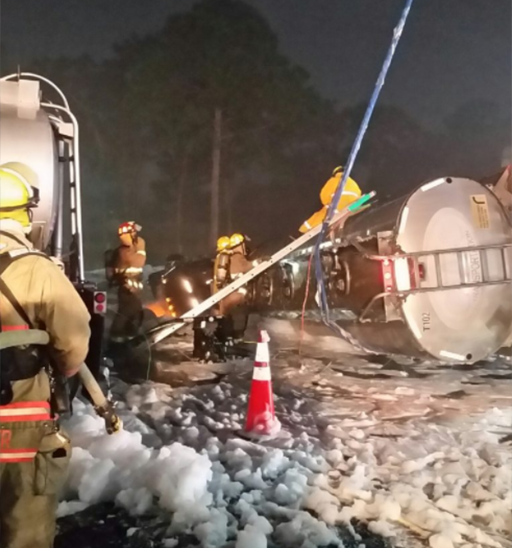
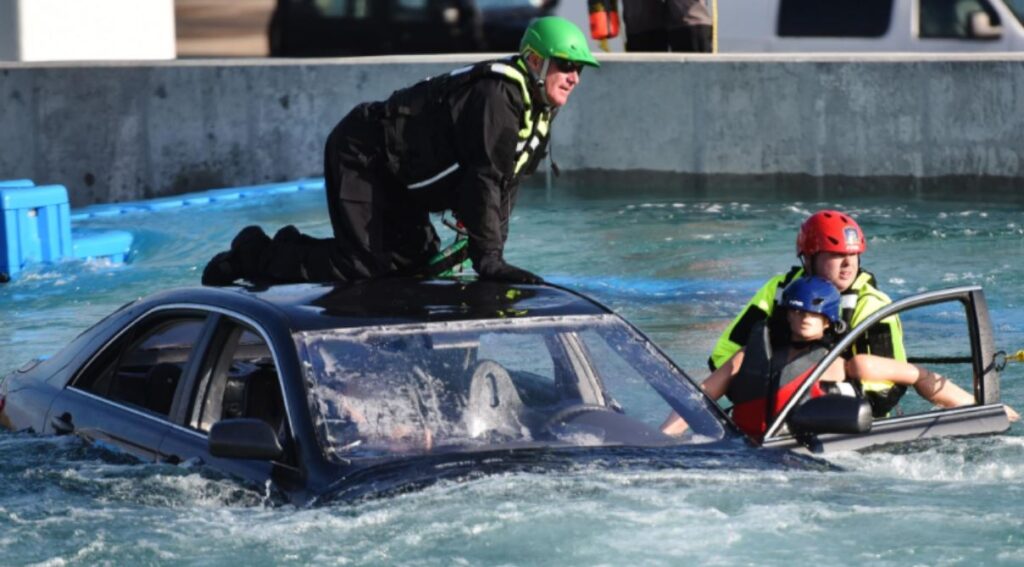
Swift Water Rescue
Swiftwater rescue is a specialised form of water rescue designed to save individuals who are in distress or in danger in fast-flowing or turbulent water, such as rivers, streams, and floodwaters. It is typically performed by specially trained and equipped Swiftwater rescue teams, which can include firefighters, paramedics, law enforcement personnel, and SES volunteers. The primary goal of Swiftwater rescue is to extract and assist people who may be stranded, trapped, or at risk of drowning in swift or flooded water environments. Key elements of Swiftwater rescue include:
Risk Assessment Personal Protective Equipment (PPE)
Throw Bags and Throw Ropes Swiftwater Boats
Anchoring and Belays Rigging and Highlines
Strainers and Sieves Medical Assessment
Communication Incident Command
Helicopter water Rescue
Helicopter water rescue training is a specialised training program designed to prepare helicopter pilots, crew members, and rescue personnel to perform water-based rescue operations using helicopters. This type of training is essential for responding to emergencies on or near bodies of water, such as oceans, rivers, lakes, or flooded areas. Helicopter water rescue training encompasses a range of skills and procedures to safely and effectively conduct water rescue operations. Here are some key components of helicopter water rescue training:
Water Survival Skills Helicopter Safety
Hoisting and Winching Rescue Equipment Operation
Swiftwater Training Watercraft Operations
Communication Navigation and Mapping
Helicopter Maneuvering Simulated Rescue Scenarios
Medical Response Legal and Regulatory Requirements

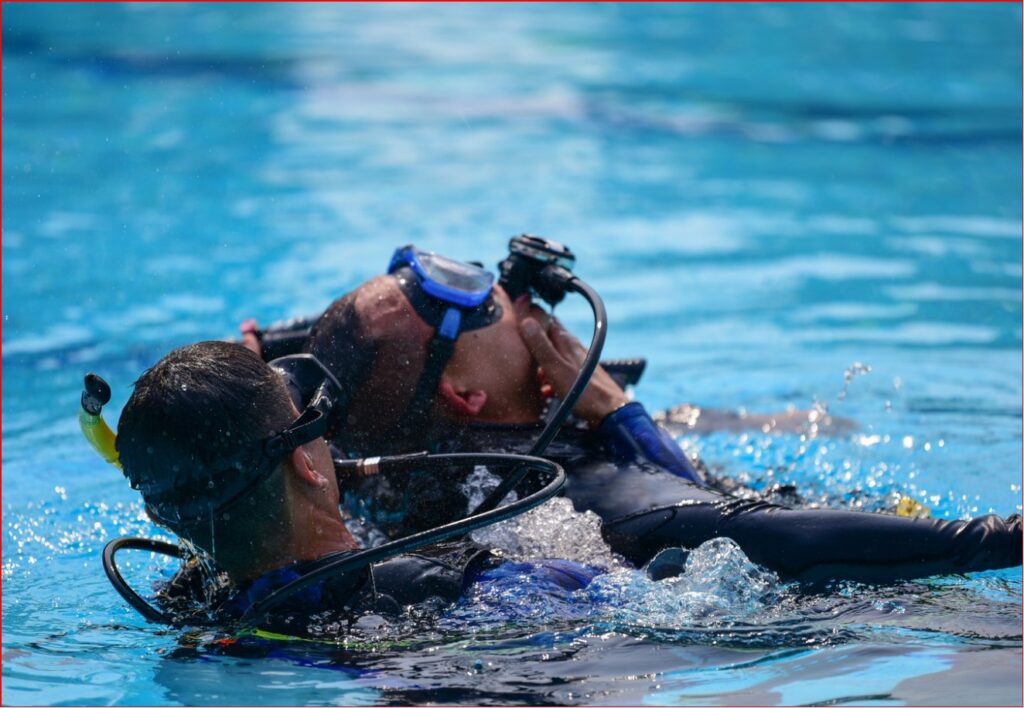
Diving Rescue
Dive rescue training is a specialised form of training that prepares individuals, typically divers, for search and rescue operations in underwater environments, industrial diving and offshore diving. This type of training is crucial for first responders, rescue teams, and public safety divers who may be called upon to retrieve drowning victims, recover evidence or objects submerged in water, or assist in underwater emergencies. Dive rescue training typically covers a range of skills and knowledge areas, including:
Water Safety Dive Equipment
Search Techniques Victim Recovery
Underwater Communication Diving in Low Visibility
Medical Response Knot Tying and Rigging
Legal and Ethical Considerations Incident Management
Environmental Awareness Diving Regulations
Wild Fires
Wildfire rescue training is a specialised program designed to prepare individuals and teams for responding to wildfires and providing rescue and support services during these destructive events. Wildfires can be particularly dangerous due to their rapid spread and unpredictable behavior, and training is essential to ensure the safety of responders and the public. Key components of wildfire rescue training include:
Wildfire Behavior and Safety Firefighting Equipment and Tools
Wildland Fire Suppression Techniques Search and Rescue Operations
Fire Shelter Deployment Fire Behaviour and Weather
Fireline Construction and Management Communication and Coordination
Evacuation Procedures Medical and First Aid Response
Wildfire Prevention and Mitigation Hazardous Materials Awareness
Incident Command System (ICS): Understanding the ICS for managing and coordinating resources and personnel during wildfire incidents.
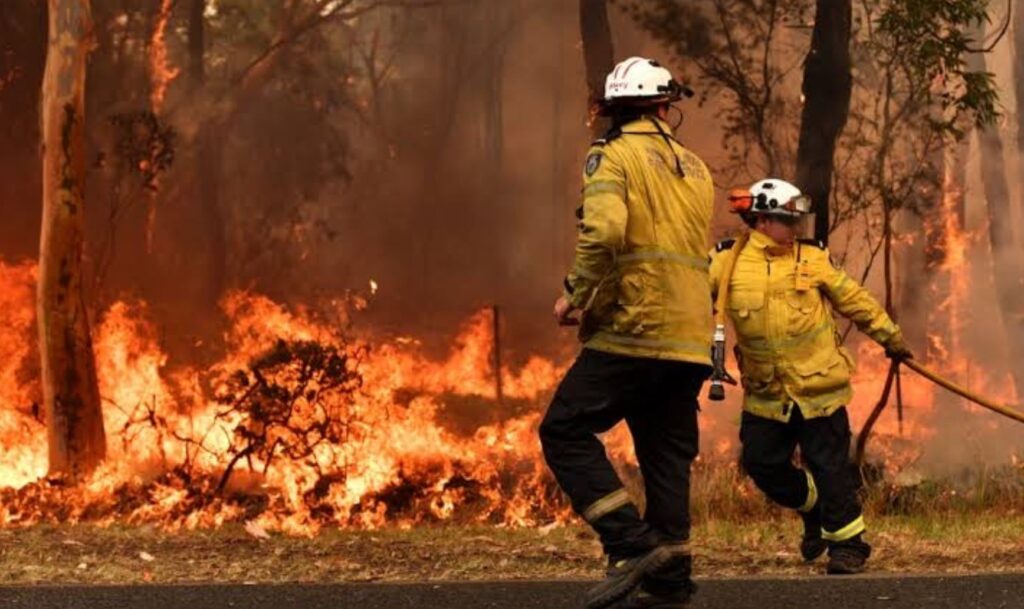

Structural Fire Fighting
Structure firefighting training is a comprehensive and specialized program designed to prepare firefighters for responding to fires in buildings and other structures. It equips firefighters with the knowledge, skills, and techniques necessary to combat fires in residential, commercial, industrial, and institutional settings. This type of training is essential for ensuring the safety of both firefighters and the people they are tasked with rescuing during structure fires. Key components of structure firefighting training include:
Fire Behaviour and Dynamics Safety Procedures
Equipment Familiarization Fire Suppression Techniques
Search and Rescue Ventilation
Forcible Entry Fire Control and Suppression
Fire Prevention Building Construction and Building Sys
Incident Command Hazardous Materials Awareness
Emergency Medical Response Firefighter Survival and Self-Rescue
Confined Space Rescue
Confined space rescue training is a specialised program designed to prepare first responders, individuals and teams for conducting safe and effective rescues in confined spaces, which are typically characterized by limited entry and exit points, restricted movement, and potentially hazardous atmospheres. Confined spaces include tanks, vessels, silos, sewers, tunnels, and other areas that are not designed for continuous occupancy but may require workers to enter for maintenance, inspection, or other tasks. Key components of confined space rescue training include:
Confined Space Hazards Regulatory Compliance
Risk Assessment Rescue Equipment
Atmospheric Monitoring Communication and Signalling
Rescue Planning and Procedures Vertical and Horizontal Rescues
Patient Assessment and First Aid Patient Packaging
Emergency Escape Procedures Simulations and Drills
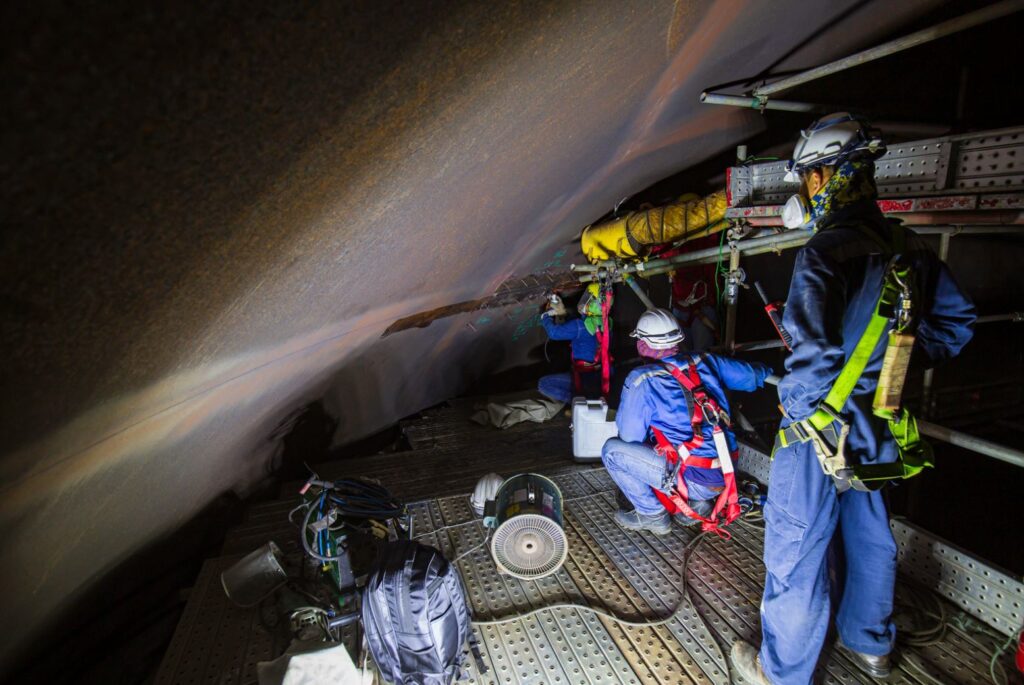
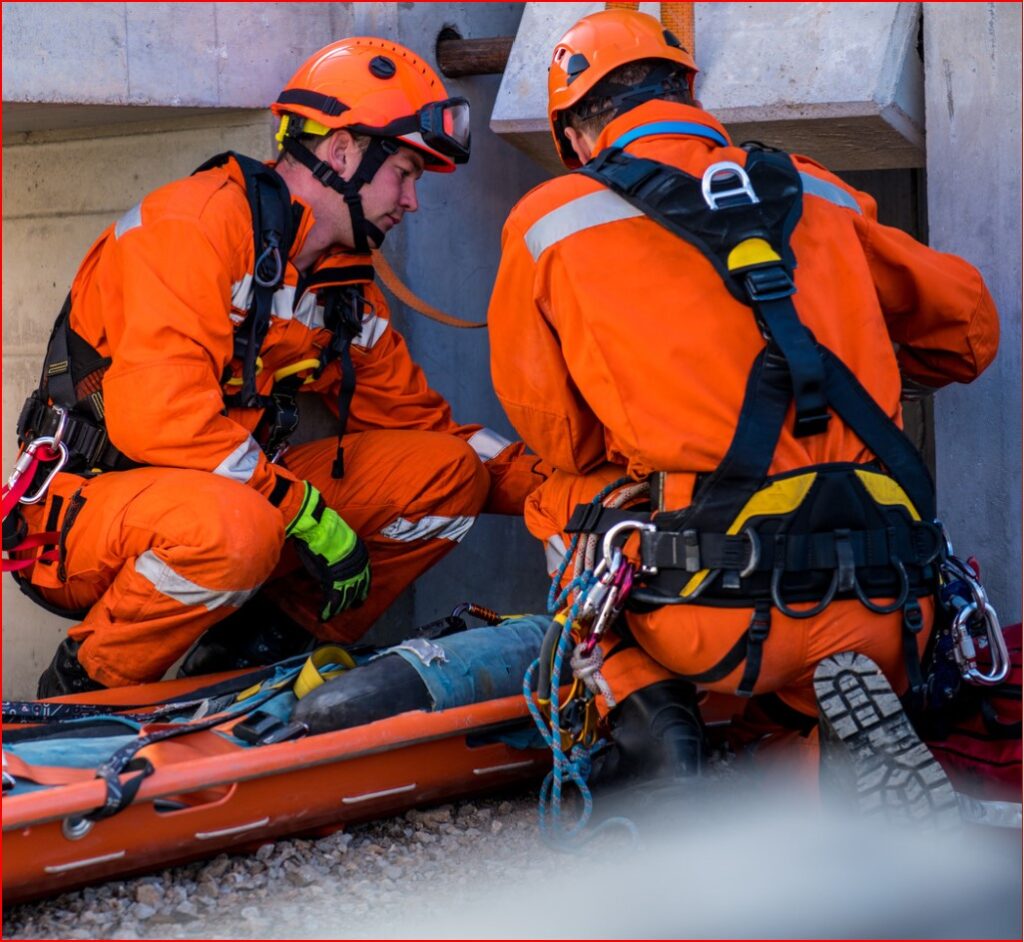
Working at Heights Training
Working at heights rescue training is a specialised program designed to equip first responders, individuals and teams with the knowledge and skills needed to conduct safe and effective rescue operations for workers who may be at risk of falling from elevated positions. This training is crucial in various industries where employees are required to work at heights, such as construction, maintenance, telecommunications, and industrial settings. Key components of working at heights rescue training include:
Safety Regulations and Standards Risk Assessment
Fall Protection Equipment Proper Harness Use
Fall Arrest Systems Work Positioning and Restraint Sys
Rescue Planning Suspension Trauma Awareness
Rescue Equipment Anchor Points and Rigging
Rescue Techniques Medical Response
Communication and Coordination
Plane Crash S&R
Plane crash search and rescue (SAR) refers to the coordinated efforts and operations undertaken to locate, assist, and save individuals involved in an aviation accident, typically an airplane crash. This process is crucial for minimising casualties and providing immediate medical care to survivors. Here are the key components of plane crash search and rescue:
Search and Rescue Medical Care
Logistics Safety and Security
Investigation Support Recovery and Victim Identification Environmental Impact Management

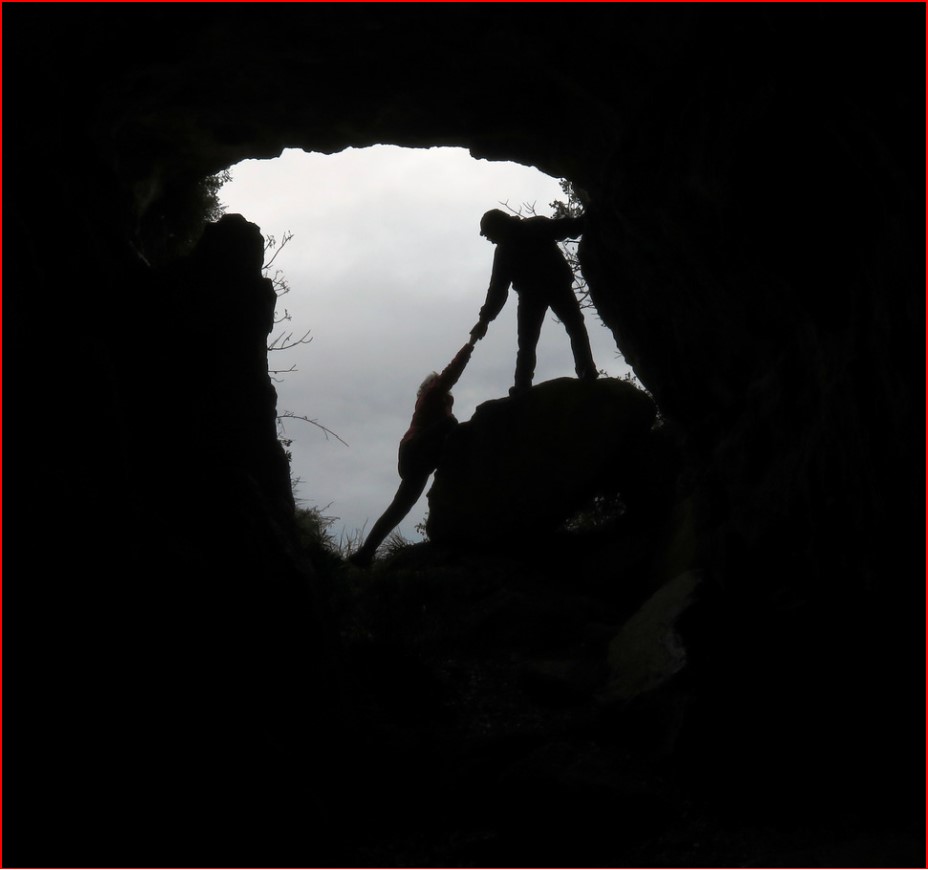
Cave Search & Rescue
Cave rescue training is a specialized form of training designed to prepare individuals, typically rescue personnel, cavers, or first responders, for effectively and safely rescuing people who become trapped, injured, or lost in caves. It involves acquiring the knowledge, skills, and techniques necessary to respond to cave-related emergencies. Cave rescue training includes the following components:
Cave Environment Understanding Technical Skills
Medical Training Navigation and Cartography
Communication Team Coordination
Patient Handling Risk Management
Scenario-Based Training Legal and Organizational Aspects

Mines Rescue
Mines rescue training or Cert III in Emergency Response and Rescue is a specialised form of training that prepares individuals, often mine workers or emergency responders, for safely and effectively responding to emergencies in underground or a surface mines. These emergencies can include incidents like fires, explosions, cave-ins, gas leaks, or other situations that endanger the lives of miners. Mines rescue training typically encompasses a range of knowledge, skills, and procedures tailored to the unique challenges of underground mining environments. Key components of mines rescue training include:
Mines Environment Understanding Emergency Response Procedures
Rescue Equipment and Tools Rope Work and Rigging
Medical Training Gas Detection and Control
Search and Evacuation Team Coordination
Safety Procedures Hazmat/Chemicals
Legal and Organizational Aspects Fire surface and Underground
Road Crash Rescue Vertical Rescue
Confined space Rescue Breathing Apparatus
BG4 -Underground Search and Rescue Driving Under Lights and Sirens
Emergency Management
Emergency management training is a structured and systematic process of educating individuals and organizations on how to effectively prepare for, respond to, mitigate, and recover from a wide range of emergencies and disasters. This training is designed to enhance the capacity of emergency responders, government agencies, non-governmental organisations, community leaders, and the public to handle various types of crises and disasters. Key components of emergency management training include:
Risk Assessment Preparedness
Response Mitigation
Recovery Communication
Resource Management of an Incident
Command System (ICS) Coordination and Collaboration
Psychological and Social Aspects Legal and Regulatory Compliance
